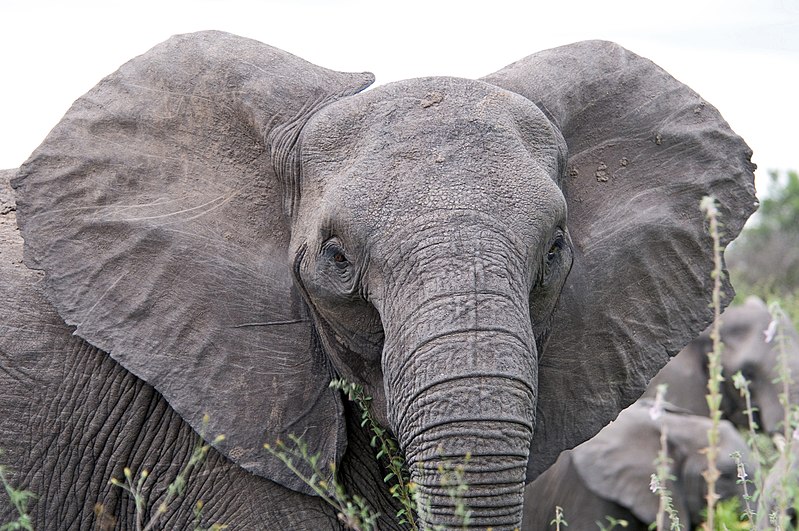UNESCO World Heritage Site : Manovo-Gounda St Floris National Park, Central African Republic
Located in the Central African Republic, the Manovo-Gounda St Floris National Park is as breath-taking as it is vast. Covering a colossal area of 1,740,000 hectares, the park is host to a rich and diverse array of life. From black rhinoceroses to leopards, many endangered species call this area home, making it a truly magnificent place. As well as hosting a remarkable variety of wildlife, the St Floris National Park also contains many fascinating species of plant life. Here is a guide to this amazing World Heritage Site.
Spectacular Landscape
The Manovo-Gounda St Floris National Park is simply bursting with natural beauty. The park’s massive area contains two distinct ecological zones, the Sudano-Guinean and the Sudano-Sahelian, giving it a diverse range of habitats and geological features. St Floris National Park also boasts many outstanding natural formations, making it a wonderful sight to behold. The variety of habitats within the park include expansive grassy plains to savannah forests. Three of the region’s major rivers can also be found here: Gounda, Manovo and Koumbala. The presence of these rivers gives the park another of its defining geographical features, its southerly wetlands. The result of such a varied landscape is a wonderfully complex ecosystem, making the Manovo-Gounda St Floris National Park an awe-inspiring location.
Diverse Wildlife
Because of the great variety within the landscape of the Manovo-Gounda St Floris National Park, there is massive diversity with regards to both flora and fauna. With around 57 species of mammal living there, the park boasts the title of the richest array of animals in the country. Because of the many endangered species that can be found in the park, a lot of effort is put into habitat conservation. With elephants, rhinos, hippos and many other protected species, this World Heritage Site acts as a safe haven for wildlife. As well as the many mammals within the park, there are also around 320 species of birds to be found too. The sheer number of bird species within the park is partly due to the immense flood plains to the north, which are well suited to hosting water birds.

Elephants as well as an array of other species can be seen wondering the park
Under Threat
The Manovo-Gounda St Floris National Park is surrounded by two game reserves, Ouandija-Vakaga and Aouk-Aoukalé. These external game reserves, along with specified hunting areas, afford the wildlife within the park a certain level of protection. However, the park still faces the threat of poaching. The rare and endangered species in the park, such as the black rhinoceroses, make for valuable targets for poachers. Because of the need to protect the numerous endangered species within the Manovo-Gounda St Floris National Park, various anti-poaching measures are in enforcement. Due to reports of poachers whom were said to responsible for the killing of up to 80% of the parks wildlife, the area was put on the list of world heritage danger, providing it with further security. The importance of protecting the park’s natural beauty and wildlife is a crucial concern to many and one taken very seriously.

Black Rhinoceroses are an endangered species in need of protection.
Conclusion
With its incredible landscapes and variety of wildlife, both big and small, the Manova-Grounda St Floris National Park truly is an astounding place of beauty. With so much to see, tourists in Africa will undoubtedly have an unforgettable time when visiting this unique location.
Image Credits: Wikipedia and Wikipedia
This place looking awesome. Thinking to plan my honeymoon with future wife here. 🙂
This city is hub of shopping centers.